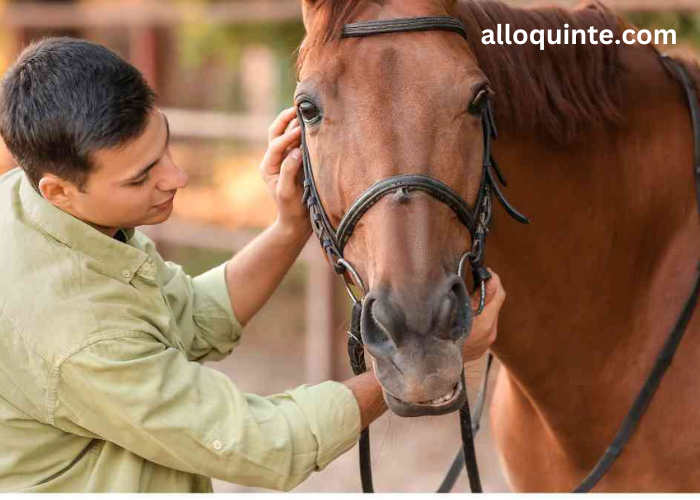Horses have long captivated human hearts with their strength, grace, and beauty. These majestic creatures are not only essential partners in various human endeavors but also complex beings with rich emotional and social lives. Understanding equine behavior and communication is crucial for building a strong, respectful, and harmonious relationship with these animals. Explore the world of horse racing with France Cheval Turf. Get the latest news, tips, and insights to enhance your betting experience.
The Basics of Equine Behavior
Horses are prey animals, which fundamentally shapes their behavior. Their primary instinct is to flee from danger, making them highly sensitive to their environment. Understanding this can help handlers and riders approach horses in a way that reduces fear and builds trust.
- Herd Dynamics: Horses are social animals that thrive in groups. In the wild, they live in herds with a clear social hierarchy, led by a dominant horse, often a mare. This structure is vital for their survival, providing protection and organization.
- Flight Instinct: A horse’s first reaction to perceived danger is usually to run. This flight response is crucial to understand when working with horses, as sudden movements or loud noises can startle them.
- Curiosity vs. Fear: Horses are naturally curious but cautious. They often approach new objects or situations with a mix of curiosity and readiness to flee. Gradual exposure to new experiences can help them overcome fears.
Understanding Equine Communication
Horses communicate through a combination of vocalizations, body language, and facial expressions. By learning to read these signals, handlers can better understand and respond to their horse’s needs and emotions.
- Vocalizations: While horses are not as vocal as some animals, they use sounds to communicate. Common vocalizations include neighs or whinnies (used to locate herd members), nickers (often a greeting or sign of affection), and snorts (usually indicating alertness or excitement).
- Body Language: Horses use their bodies to express a wide range of emotions. Key signals to watch for include:
- Ears: Forward-facing ears indicate interest or curiosity, while ears pinned back can signal anger or discomfort.
- Tail: A relaxed tail is a sign of calm, while a swishing tail can indicate irritation or agitation.
- Stance: A tense, rigid stance often signifies fear or anxiety, whereas a relaxed posture shows contentment.
- Facial Expressions: Horses have expressive faces that can convey a lot of information. Relaxed eyes and lips indicate a calm horse, while wide eyes and flared nostrils often signify fear or excitement.
Building a Strong Bond
Developing a deep connection with a horse requires patience, understanding, and mutual respect. Here are some tips to foster a strong bond:
- Consistent Training: Horses respond well to consistent, clear communication. Use gentle, positive reinforcement techniques to teach and reinforce desired behaviors.
- Spend Quality Time: Regular, non-demanding interaction helps build trust. Grooming, hand-walking, and simply spending time near your horse can strengthen your relationship.
- Respect Personal Space: Just like humans, horses need their personal space. Approach them calmly and avoid sudden movements that could startle them.
- Understand Their Needs: Ensure your horse’s basic needs are met, including proper nutrition, regular exercise, and social interaction with other horses.
Recognizing Stress and Discomfort
Being able to identify signs of stress or discomfort in your horse is crucial for their well-being. Common indicators include:
- Changes in Behavior: Sudden changes, such as increased aggression, withdrawal, or reluctance to work, can signal stress or discomfort.
- Physical Signs: Look for signs like weight loss, dull coat, or changes in appetite. These can indicate underlying health issues.
- Behavioral Clues: Pawing, head tossing, or excessive sweating are often signs of discomfort or anxiety.
Understanding equine behavior and communication is essential for anyone who works with or owns horses. By learning to read their signals and respond appropriately, you can create a positive, trusting relationship that benefits both you and your horse. These majestic creatures have a lot to teach us about patience, empathy, and the power of non-verbal communication. By respecting and understanding their unique nature, we can forge a partnership that is both rewarding and enduring.




